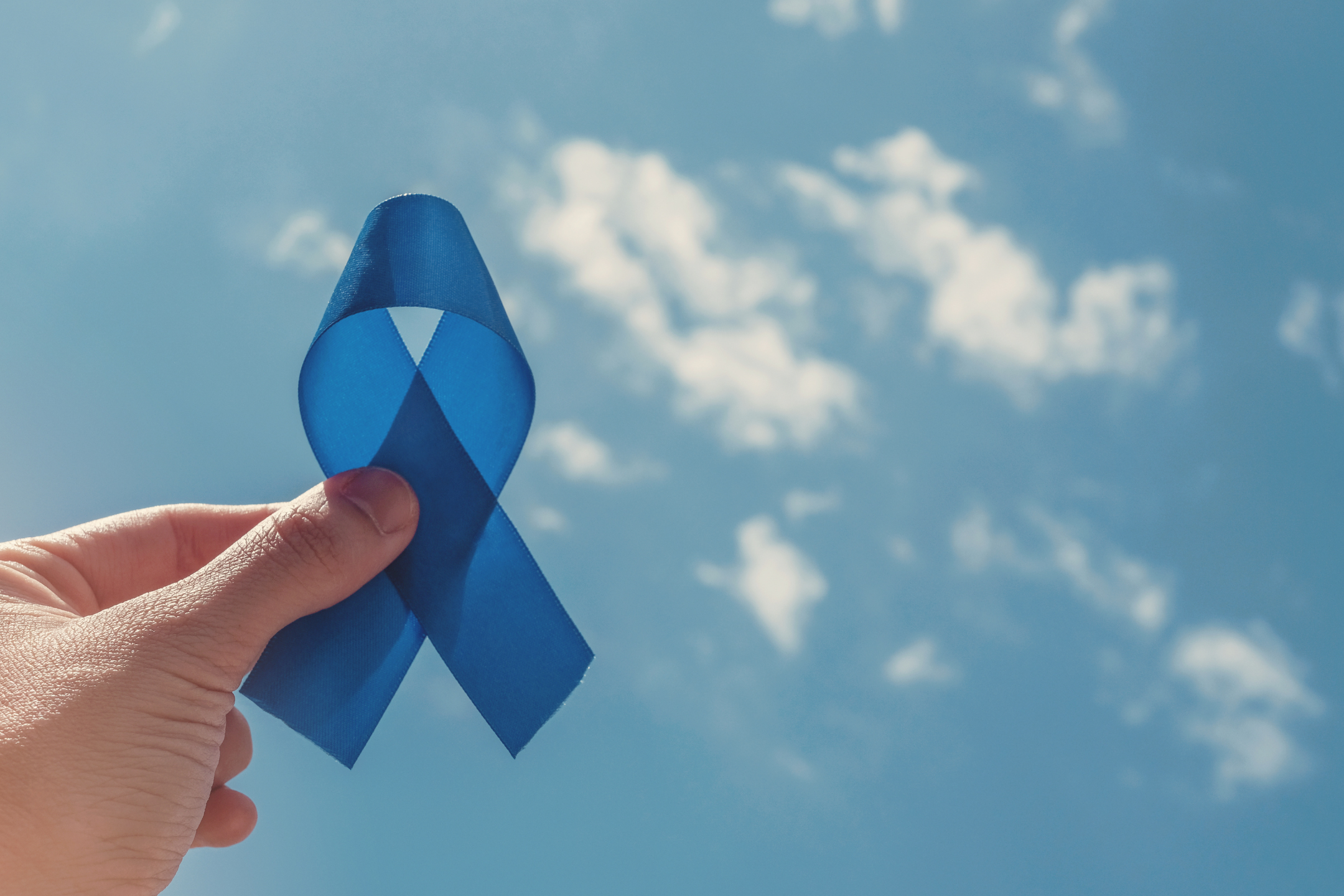Human trafficking is a pervasive crime that affects millions of people worldwide, yet it often remains hidden in plain sight. Raising awareness about this critical issue is a prevention and intervention effort. Successful awareness campaigns can educate communities, mobilize support, and foster a culture of vigilance against trafficking. Here are several effective strategies for raising awareness about human trafficking in local communities
Educational Workshops and Seminars
One of the most impactful ways to raise awareness is through educational workshops and seminars. These events can be organized in schools, community centers, places of worship, and local organizations. Bringing in experts, survivors, and advocates can provide firsthand accounts and insights into the realities of human trafficking. Interactive sessions that engage participants in discussions, role-playing, and situational awareness training can deepen understanding and empower individuals to recognize warning signs of trafficking.
Collaborations with Local Law Enforcement

Partnering with local law enforcement agencies can significantly enhance awareness campaigns. Police departments can offer training on identifying potential trafficking situations and help distribute materials such as brochures or posters in high-traffic areas. Collaborative community events, such as “Know Your Rights” workshops, can educate residents about the legal aspects of trafficking and encourage them to report suspicious activities. This partnership not only raises awareness but also builds trust between communities and law enforcement.
Social Media and Online Campaigns
In today’s digital age, social media platforms serve as powerful tools for spreading information quickly and effectively. Campaigns designed for platforms like Facebook, Twitter, Instagram, and TikTok can reach diverse audiences, especially younger demographics. Creating shareable content, such as infographics, videos, and survivor stories, can engage users and encourage them to participate in discussions about human trafficking. Utilizing hashtags and challenges can further amplify the message, making it go viral and reaching individuals beyond the immediate community.
Public Art Installations

Art has long been a medium for social change, and public art installations can be a compelling way to raise awareness. Murals, sculptures, and interactive displays can draw attention to the issue of human trafficking while encouraging dialogue among viewers. Community art projects that involve local artists and residents can foster a sense of ownership and pride, making the fight against trafficking a collective effort. Additionally, these installations can highlight local resources available for victims, providing vital information in a creative format.
Awareness Events and Activism
Organizing awareness events such as rallies, walks, or vigils can galvanize community support and draw media attention to human trafficking issues. These events can include speeches from survivors, testimonies from activists, and share valuable information about local resources for victims. Incorporating entertainment—such as performances by local musicians or artists—can attract more attendees and create a festive atmosphere while still emphasizing the seriousness of the cause. Such gatherings promote solidarity and inspire collective action against trafficking.
School-Based Programs
Implementing school-based programs can greatly influence young people’s understanding of human trafficking. Age-appropriate curriculum can be developed to teach students about consent, healthy relationships, and the dangers of trafficking. Engaging activities, such as role-playing scenarios or peer-led discussions, can facilitate learning and ensure that students feel empowered to speak out against injustices. Educators can also be trained to recognize the signs of trafficking and how to approach sensitive conversations with students.
Distribution of Informational Materials
Creating and distributing informational materials can help raise awareness in a more tangible way. Brochures, flyers, and posters can be placed in strategic locations such as libraries, healthcare facilities, and supermarkets. These materials should provide clear information on what human trafficking is, how to recognize it, and what steps to take if someone suspects trafficking is happening. Including contact information for local hotlines and support services can ensure that those in need know where to turn for help.
Conclusion
Raising awareness about human trafficking in communities requires a multifaceted approach that combines education, collaboration, creativity, and activism. By employing these strategies, communities can cultivate informed citizens who are equipped to recognize and combat trafficking. Ultimately, the goal of any awareness campaign is to inspire action and foster a collective commitment to protecting the most vulnerable members of society. Together, we can work toward a future free from human trafficking.

